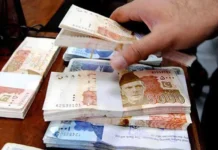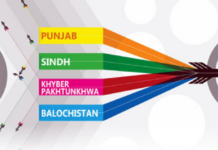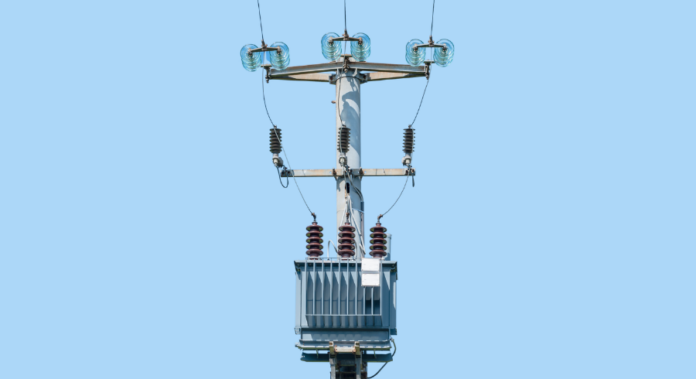ISLAMABAD: As heavy floods continue to batter parts of Pakistan, thousands of families are enduring sweltering nights, water shortages, and communication blackouts, with many still without electricity.
The Power Division announced on Tuesday that it had fully restored 170 feeders and temporarily reconnected 256 out of the 455 that were damaged, but officials acknowledged that complete restoration will take more time.
In flood-affected areas like Swat, Buner, Shangla, and Dera Ismail Khan, where homes and shops were submerged, residents said the lack of power had added to their suffering. “We are using candles and kerosene lamps again,” said a shopkeeper in Swat by phone, noting that mobile signals and water pumps remained unreliable. “Children are afraid at night, and medicines that need refrigeration are going bad.”
According to the Power Division, 12 grids and 91 feeders under Peshawar Electric Supply Company (PESCO) were damaged, with 85 now fully restored. In Punjab, Gujranwala Electric Power Company (GEPCO) reported damage to 10 grids and 87 feeders, of which 82 have been fully restored.
Lahore Electric Supply Company (LESCO) reported 62 feeders knocked out across Lahore, Okara, Sheikhupura, Kasur, and Nankana. So far, 43 feeders have been partially restored, with officials estimating full restoration between September 2 and 5. In many low-lying neighborhoods in Lahore, residents are relying on portable generators to keep essential appliances running.
In southern Punjab, Multan Electric Power Company (MEPCO) reported 126 feeders submerged. While all have been temporarily reconnected, engineers warned that full repairs would not begin until floodwaters recede. “We cannot risk workers’ lives where grids are still submerged,” the Power Division said in its statement.
In Faisalabad, Chiniot, Jhang, and Sargodha, dozens of communities are relying on temporary fixes after 26 grids and 76 feeders were knocked out. “We can charge our phones for an hour, but power goes again,” said a farmer from Jhang. “Without a stable supply, we cannot irrigate fields or preserve milk from our cattle.”
The crisis has also spread to tribal regions. In North Waziristan and Khyber, 10 feeders went offline, leaving remote villages cut off. So far, one has been fully restored and four partially reconnected under the Tribal Electric Supply Company (TESCO). In Hazara’s Mansehra district, two out of three damaged feeders are back online, but several villages remain in the dark.
Overall, the Power Division confirmed that 48 grids and 455 feeders were affected nationwide. Of these, 170 have been fully restored, while 256 are operating on partial or temporary connections. Officials emphasized that “full restoration of power in flood-affected areas remains the government’s top priority,” with emergency crews working around the clock.
Sources in the energy sector noted that the floods have once again exposed the vulnerability of Pakistan’s power infrastructure. Nearly all distribution companies rely on ground-level installations that are easily submerged during monsoon deluges. “Every year, floods cut power to millions of people, yet investment in climate-resilient grid systems remains slow,” said one industry source.
Official sources, speaking on condition of anonymity, added that while field teams are mobilized, restoration efforts depend on falling water levels. Until then, Pakistan’s flood-hit families remain in darkness, waiting for the lights to come back on.























